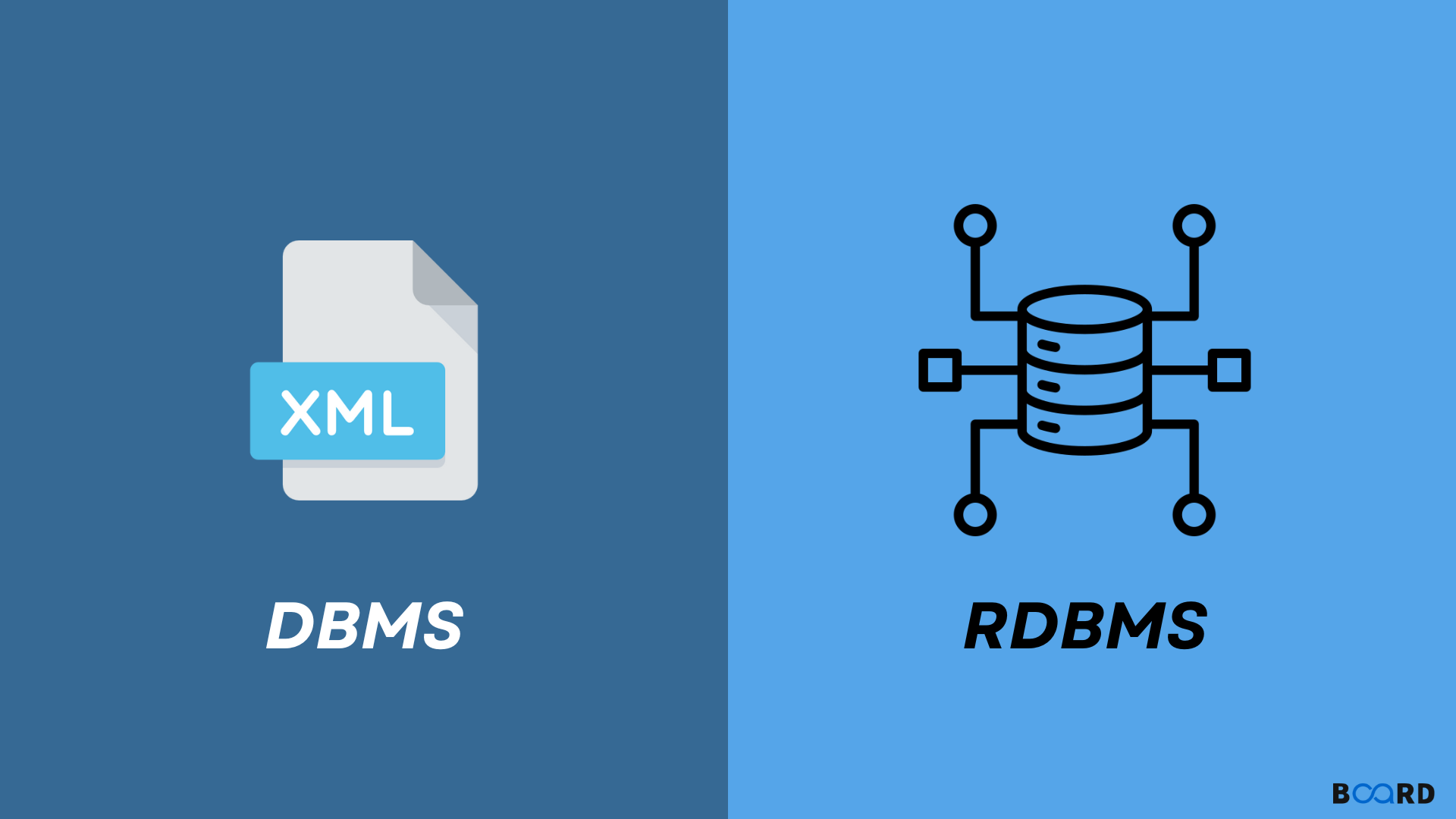Advanced Machine Learning Techniques
DBMS vs RDMS: Key Differences

Introduction
Have you heard something like DBMS or RDBMS? Do you know where to use them? If not, then don’t worry. Board Inifinity got your back.
In this article, we will discuss the difference between DBMS and RDBMS. We will discuss what they are. So basically, A database is a group of organized data that can be quickly accessed, changed, updated, or controlled. Database information can easily be organized into rows and columns, or tables. Database management, meanwhile, gives the user the ability to store, manage, and access data. It will be easier for candidates to get ready if they are aware of the definitions and distinctions between relational database management systems and other types of database management systems. Let us understand what DBMS and RDBMS are.
DBMS: What is It?
Database management systems, or DBMS, are pieces of software that offer features like insert, erase, and modify for storing and manipulating data.
The ability to create and manage a database under the control of the user is system software, in fact. It is designed to gather the information that is needed, build and maintain databases, and support specific business applications. Files are used by DBMS to store data. It acts as an interface for the software application and the data. To obtain the necessary data, DBMS uses manual navigation.
The hardware and software requirements for DBMS are lower. Data can be redundant because it is not relational and it does not support client-server architecture.
RDBMS: What is It?
The Relational Database Management System (RDBMS), a more sophisticated DBMS variant, was created in the middle of the 1970s.
The use of tables to store the data here validates the term "Relational" DBMS. Since the tables and the values are related to one another as well, relational functionality is used.
Rows and columns are used to organize and store the data. Records, often known as tuples, are the rows. The columns have a specific data type and are properties of the data, such as age, for instance (INTEGER for age, denoting the type of data to be stored). Tables can have dozens, hundreds, or even millions of entries.
Let us understand what the differences are between DBMS and RDBMS.
Difference Between DBMS and RDBMS
Here are the differences between them:
Conclusion
In this article, we have discussed the difference between DBMS and RDBMS. Despite the similarity in sound between RDBMS and DBMS, the arrangements of the two databases' systems make them interestingly different and suitable for various applications. While the tabular format of RDBMS enables it to store large volumes of data and access data in a much shorter amount of time, the DBMS system, which supports a file format, works well with non-relational information and file storage. RDBMS, however, is a more sophisticated version of DBMS.
